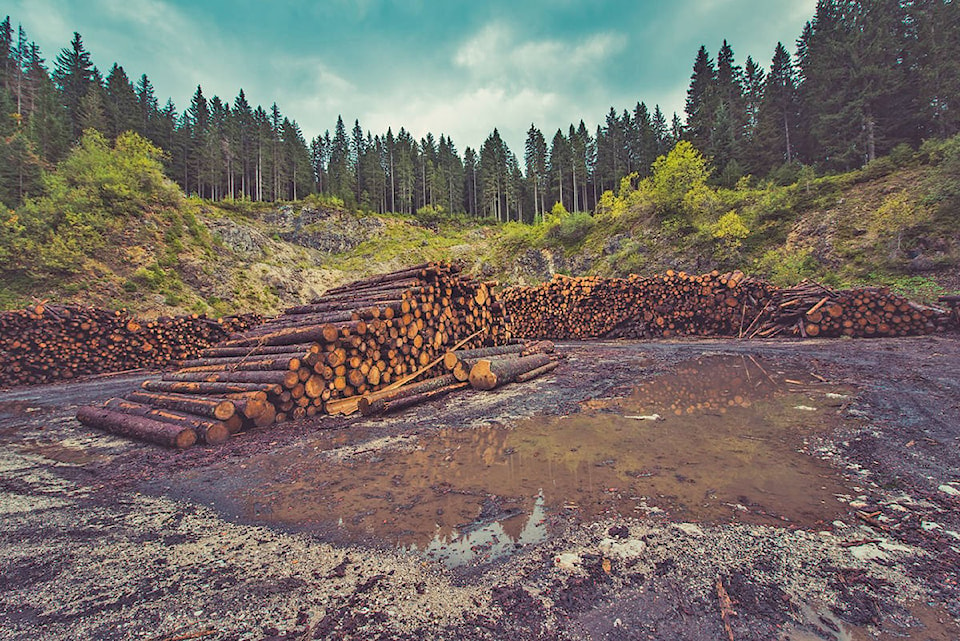I think it is worthwhile to review a recent government initiative on improving B.C.s coastal forest economy to see how it may apply to the interior of the province. The Interior review is to start in April and be available this fall.
While it won’t have all the same issues as the coast it will no doubt cover similar topics.
On Jan. 17, 2019 a news release by the provincial government was published around the same time as the premier was attending the Truck Loggers Association AGM.
The premier out- lined the main items of a six month study done in conjunction with a broad cross section of First Nations, industry and labour.
The central theme was to create and support good jobs in B.C.’s coastal forest sector by making changes to increase the processing of B.C. logs on the coast and to reduce wood waste by redirecting it to B.C.’s pulp and paper mills.
READ MORE: Biomass IPPS should have special status
The Coast Forest Sector Revitalization has five main goals:
• Rebuilding solid wood and secondary industries to ensure more B.C. logs and fibre are processed in B.C.
• Improving harvest performance to ensure more fibre is available for domestic mills, including the pulp and paper sector.
• Maintaining a credible auction system by taking steps to ensure bids on timber sale licences are independently made.
• Fostering stronger business-to-business relationships between BC Timber Sales, major licensees and First Nations.
• Restoring public confidence through amendments to the Forest and Range Practices Act and auditing the private managed forest land regime.
A number of news outlets reported on the questions and answers following the presentations.
The premier emphasized that the government actions will reverse a systematic decline that has taken place in the coastal forest sector over the past two decades, by implementing a series of legislative, regulatory and policy changes over the next two years.
More timber can be processed here in B.C. by reforming raw log export policy, discourageing high grading and curtailing the export of minimally processed lumber.
READ MORE: Pros and cons of trickle down economics and mirco-lending
The premier also pointed out that employment on the coast has declined by 20 per cent, lumber production has dropped by 45 per cent and pulp production by 50 per cent while log exports from Crown lands have increased by nearly tenfold.
He also warned that these policies are not going to be accomplished by the stroke of a pen or a magic wand but by hard work and that to continue on the track that we are on with respect to leaving too much waste in the woods and shipping too much product offshore without any value added to it is not sensible and it’s not sustainable.
Doug Donaldson, Minister of Forests, Lands, Natural Resource Operations and Rural Development also provided some comments.
“We need to shift our approach away from the status quo and create markets for waste fibre that, until now, has been left in harvest areas,” Donaldson said. “We will continue to work with all forest-sector participants so together we can enjoy the benefits from a stronger coastal forest sector.”
Effective July 1, 2019, the fee charged for log exports will be revised to be based on harvest economics, Donaldson said.
“New criteria for log exports from certain geographic areas, based on local harvesting economics and subject to engagement and consultation with First Nations, will be developed.”
Jim Hilton is a professional agrologist and forester who has lived and worked in the Cariboo Chilcotin for the past 40 years. Now retired, Hilton still volunteers his skills with local community forests organizations.
